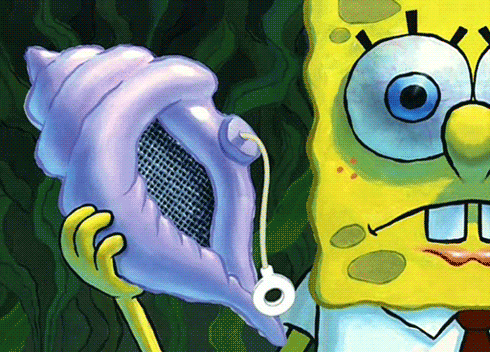- Joined
- Sep 9, 2019
- Messages
- 23
- Reaction score
- 22
I find it curious the reefing community believes in trapping ions using their positive or negative charge, like cations and anions by using skimmers and DI resins, yet a plennum is considered magical and up for debate...
Using sand should be as simple as using rock. Some rocks are a flat no, yet people dont apply the same conviction to sand.
The more mass sand has the more positive charge and so attracts negative ions like P04 and n03. If you consider skimmers to be magical then stop reading. If you think skimmers operate this way by attracting ions through bubble refraction then sand beds are doing the same thing.
Therefore sand beds should only be an inch deep, more then this, makes more positive charge. Go beyond an inch which are the first layers of where beneficial bacteria live then there nothing is there to process the negative ions...ticking time bomb without manual intervention like gravel vac / appropriate critters or plennum etc.
A plennum under the mass to maintain a negative charge allows the process all the way through the bed. So a DSB is 4 inch for mass + charge and mainted water space under it - plennum is to get the negative charge for flow of ions) Go look it up. I use one in the fuge and DT is high energy barebottom.
to the question of the day, sand pumps wont help with ion attaction, but it could make a little more detritus get trapped in filters and removed before adding to the negative charged ions in the system... prolonging the inevitable which depending on size could see them through the whole life of that tank and never experience the downside as they upsize or close the system before collapse
Using sand should be as simple as using rock. Some rocks are a flat no, yet people dont apply the same conviction to sand.
The more mass sand has the more positive charge and so attracts negative ions like P04 and n03. If you consider skimmers to be magical then stop reading. If you think skimmers operate this way by attracting ions through bubble refraction then sand beds are doing the same thing.
Therefore sand beds should only be an inch deep, more then this, makes more positive charge. Go beyond an inch which are the first layers of where beneficial bacteria live then there nothing is there to process the negative ions...ticking time bomb without manual intervention like gravel vac / appropriate critters or plennum etc.
A plennum under the mass to maintain a negative charge allows the process all the way through the bed. So a DSB is 4 inch for mass + charge and mainted water space under it - plennum is to get the negative charge for flow of ions) Go look it up. I use one in the fuge and DT is high energy barebottom.
to the question of the day, sand pumps wont help with ion attaction, but it could make a little more detritus get trapped in filters and removed before adding to the negative charged ions in the system... prolonging the inevitable which depending on size could see them through the whole life of that tank and never experience the downside as they upsize or close the system before collapse



















